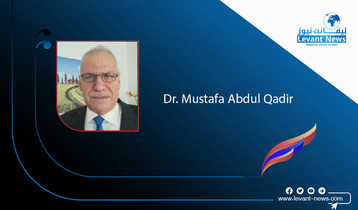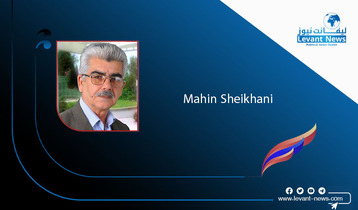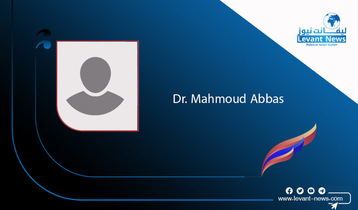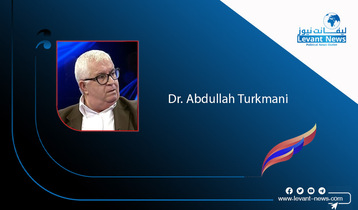-
Escalation Scenarios Between Russia and NATO in Ukraine
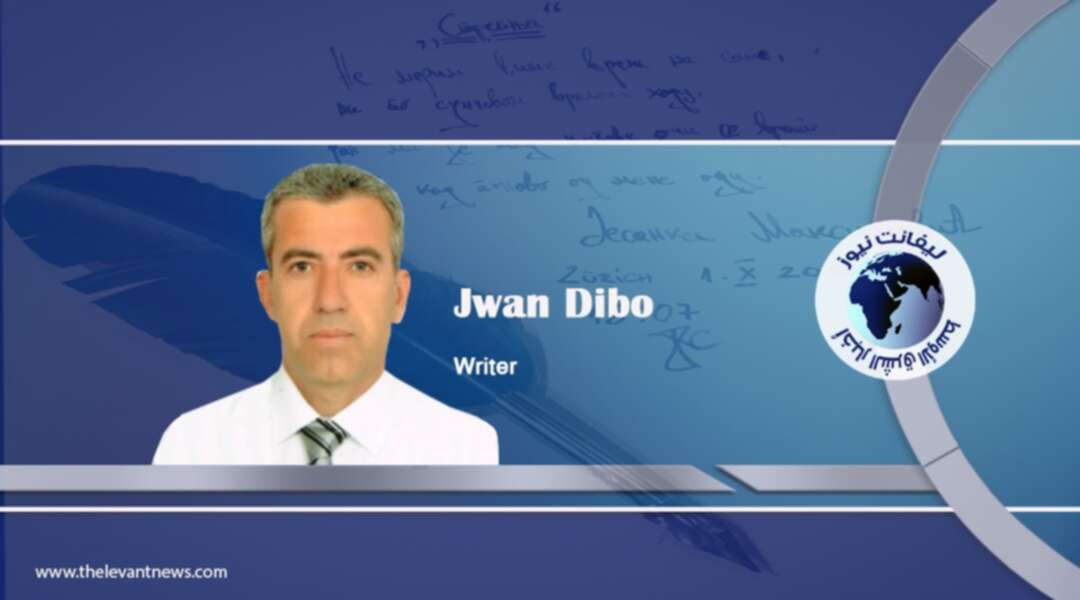
Perhaps the most prominent question regarding the current Russian-Ukrainian war is about the prospects for escalation scenarios between Russia and NATO.
Although NATO is not completely united in dealing with Russia, the Western alliance has not stopped supplying the Ukrainian army with weapons to continue the resistance.
However, the important question in this framework is to what extent NATO can help the Ukrainian army and not be drawn into a direct confrontation with Russia. So far, it seems that Russia and NATO agree on the current rules of the game, i.e., the continuation of the indirect combat between the two sides in Ukraine.
Yet, there is no guarantee that this situation will continue forever, especially in light of the current impasse at the diplomatic level. That is why NATO ministers met last week to discuss the extent to which the Western alliance can help the Ukrainian army.
If the military aid provided by NATO to the Ukrainian army so far has helped the Ukrainians to resist the second army in the world, this may prompt NATO to study the likelihood of providing more sophisticated weapons. That is why the Ukrainian president has long asked NATO to deliver advanced weapons to the Ukrainian army, such as tanks, warplanes, drones, and advanced air and missile defence systems.
At the same time, NATO hawks such as the United States and Britain are satisfied that Ukraine - as they believe- is gradually turning into a quagmire to drain Russia. This explains why the two countries have not made any serious attempts to resolve the crisis diplomatically. On the contrary, the two countries are working in one way or another to disrupt the diplomatic efforts of France and Germany.
In this context, possible scenarios are: 1- NATO continues to provide the current quality and quantity of weapons that have proven their effectiveness in resisting the Russian army. 2- Russia's targeting of arms convoys coming from Eastern European countries that are members of NATO to Ukraine. This, if repeated, could force NATO into a direct clash with Russia. 3- NATO may intervene directly if Russia uses internationally prohibited weapons against the Ukrainians. 4- NATO provides advanced weapons to the Ukrainian army with the aim of achieving victory, not only resistance. But this step may push Russia to use its huge nuclear arsenal, which the Russian president has long threatened to use it.
So far, it seems that NATO, led by Washington and London, tends to manage the Ukrainian crisis so that Ukraine will slowly turn into a swamp from which it is difficult for Russia to get out. Therefore, there is no unified NATO strategy aimed at resolving the crisis peacefully.
The difficult task for NATO remains how to provide the most advanced weapons to the Ukrainian army to resist the Russian invasion without turning this war into a third world war in which Europe pays the heaviest price.

BY: Jwan Dibo
You May Also Like
Popular Posts
Caricature
BENEFIT Sponsors BuildHer...
- April 23, 2025
BENEFIT, the Kingdom’s innovator and leading company in Fintech and electronic financial transactions service, has sponsored the BuildHer CityHack 2025 Hackathon, a two-day event spearheaded by the College of Engineering and Technology at the Royal University for Women (RUW).
Aimed at secondary school students, the event brought together a distinguished group of academic professionals and technology experts to mentor and inspire young participants.
More than 100 high school students from across the Kingdom of Bahrain took part in the hackathon, which featured an intensive programme of training workshops and hands-on sessions. These activities were tailored to enhance participants’ critical thinking, collaborative problem-solving, and team-building capabilities, while also encouraging the development of practical and sustainable solutions to contemporary challenges using modern technological tools.
BENEFIT’s Chief Executive Mr. Abdulwahed AlJanahi, commented: “Our support for this educational hackathon reflects our long-term strategic vision to nurture the talents of emerging national youth and empower the next generation of accomplished female leaders in technology. By fostering creativity and innovation, we aim to contribute meaningfully to Bahrain’s comprehensive development goals and align with the aspirations outlined in the Kingdom’s Vision 2030—an ambition in which BENEFIT plays a central role.”
Professor Riyadh Yousif Hamzah, President of the Royal University for Women, commented: “This initiative reflects our commitment to advancing women in STEM fields. We're cultivating a generation of creative, solution-driven female leaders who will drive national development. Our partnership with BENEFIT exemplifies the powerful synergy between academia and private sector in supporting educational innovation.”
Hanan Abdulla Hasan, Senior Manager, PR & Communication at BENEFIT, said: “We are honoured to collaborate with RUW in supporting this remarkable technology-focused event. It highlights our commitment to social responsibility, and our ongoing efforts to enhance the digital and innovation capabilities of young Bahraini women and foster their ability to harness technological tools in the service of a smarter, more sustainable future.”
For his part, Dr. Humam ElAgha, Acting Dean of the College of Engineering and Technology at the University, said: “BuildHer CityHack 2025 embodies our hands-on approach to education. By tackling real-world problems through creative thinking and sustainable solutions, we're preparing women to thrive in the knowledge economy – a cornerstone of the University's vision.”
opinion
Report
ads
Newsletter
Subscribe to our mailing list to get the new updates!

